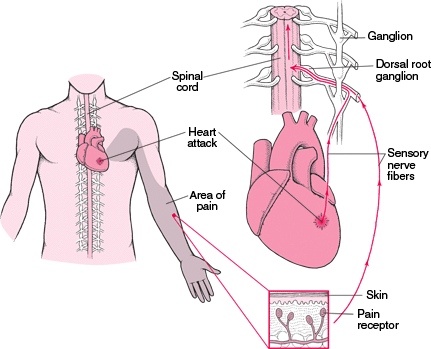We know,management of STEMI is a race against time.It’s rather a group race run by the patient, his close relatives / associates , the ambulance driver, the ER physician, cath lab staff and finally the treating cardiologist .While the race is on , continuous monitoring and critical decisions are made.
Every minute gone could be a missed opportunity. While a patient is being moved to the hospital, a decision is to be taken whether its going to be primary PCI or lysis or combination of both.
Now,In India, as we embrace the quirky world of medical insurance and glamor based medicine , we have one more participant in this race of human life! The coronary flow dynamics in STEMI appears to be determined not only by thrombus load the residual plaque but also by the quantum, type and brand of insurance the patient is blessed with !
I wish , one could hear the silent howls made by the myocardium under distress even as their loved ones are anxiously waiting for insurance clearance from the myocardial reperfusion centers located in the far away back offices of urban metros !
Things won’t stop with that. Once the PCI is on,and the cardiac team is confronted with a multi-vessel CAD ,wondering which is true culprit ?, whether to consider multi-vessel stenting or early CABG . Meanwhile the cath lab liaison officer would desperately struggle to call the insurance guys again and upgrade the request to a newer therapeutic strategy !
Life was simple for every one till recently , when we would treat thousands of MI patients with conventional modality with a well proven reduction in mortality , comparable to the current bests .The concept of primary PCI has made things artificially complex without adding on to significant advantage except in some complicated subsets.
I still keep wondering , achieving a near TIMI -3 flow in a timely fashion by thrombolysis in CCU will far exceed the hype of documented TIMI 3 flow in cath lab in terms of absolute number and of course favorable outcome .Please realise acute myocardial salvage requires a minimum of TIMI 2 and not TIMI 3 flow !









